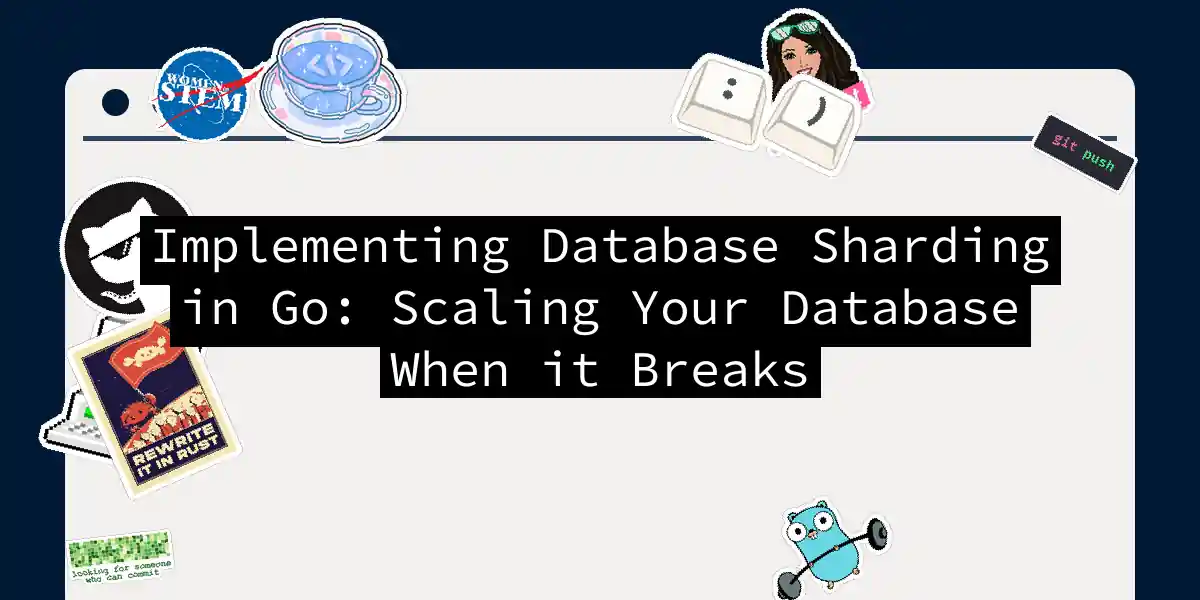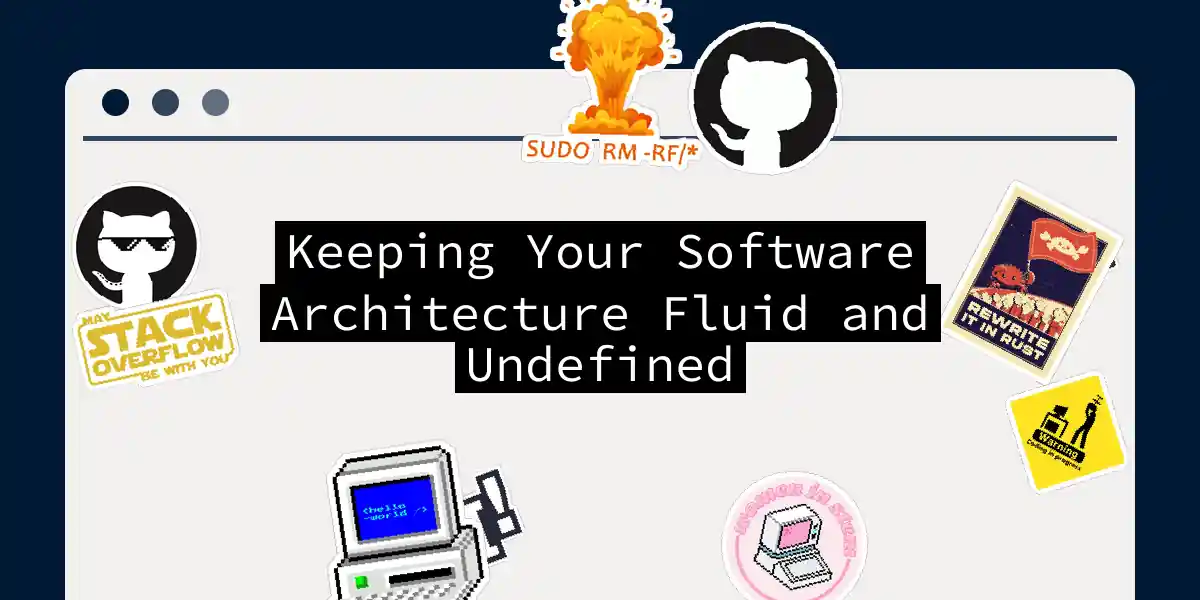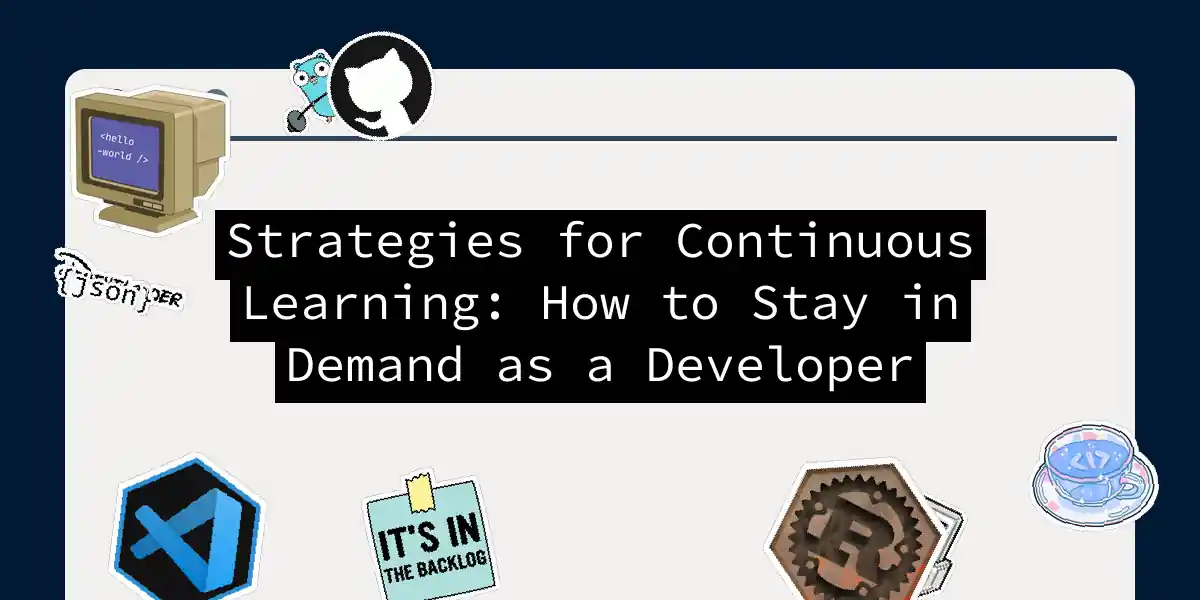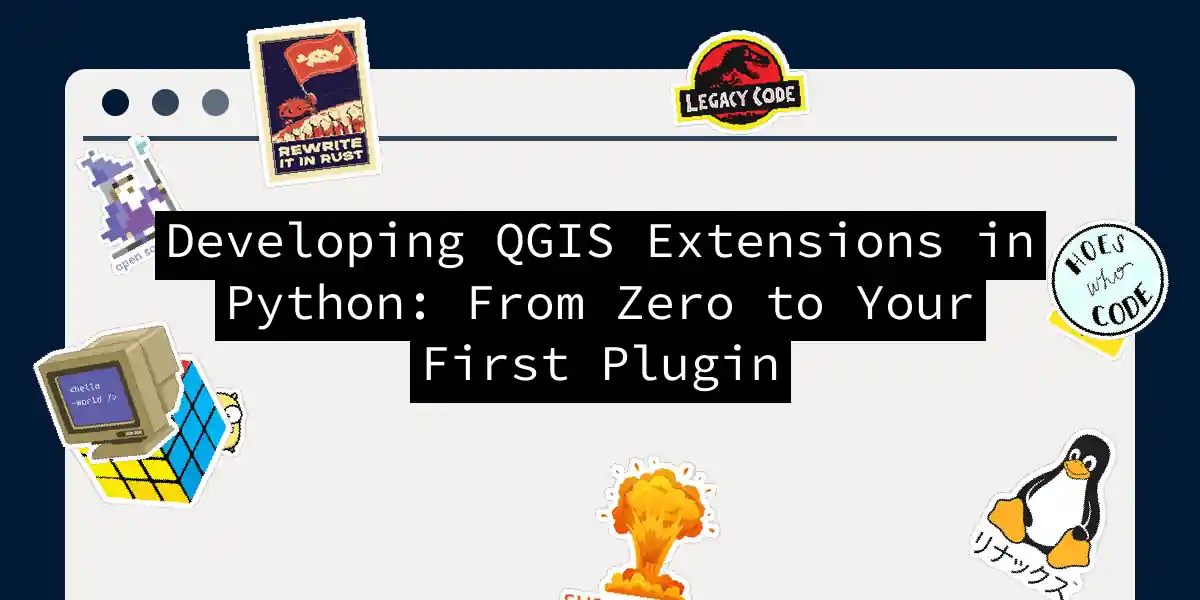
Implementing Database Sharding in Go: Scaling Your Database When it Breaks
Let me be honest with you: at some point in every developer’s journey, they’ll find themselves staring at their database monitoring dashboard, watching the load spike, and thinking “This seemed like a good idea at the time.” If your database is becoming your bottleneck, congratulations—it means your application is actually working. Unfortunately, it also means we need to talk about sharding. What is Database Sharding, and Why Should You Care? Database sharding is essentially the art of breaking your monolithic database into bite-sized pieces and spreading them across multiple servers....



